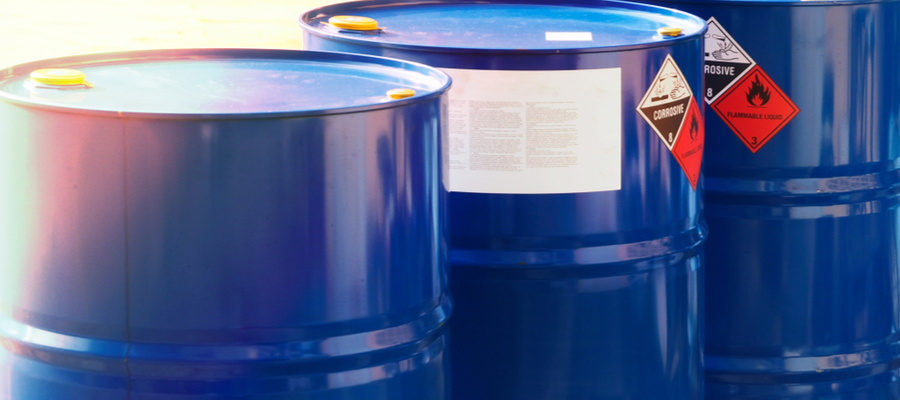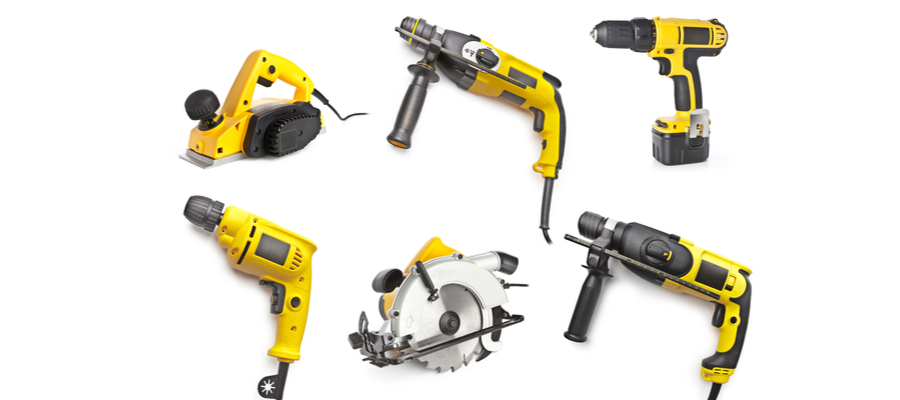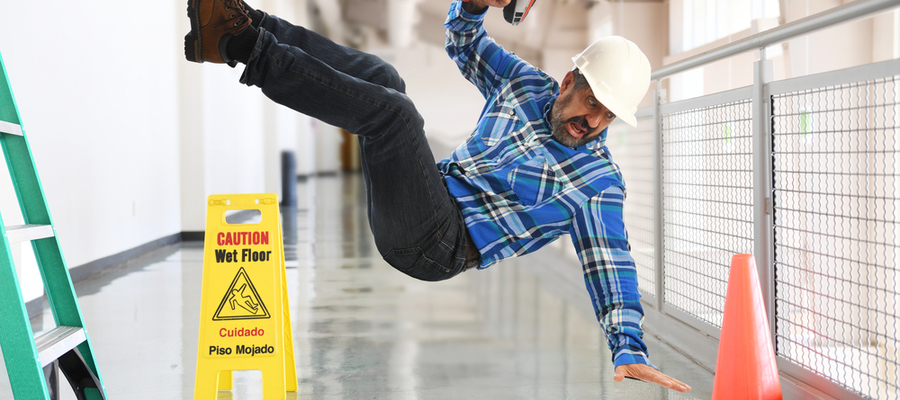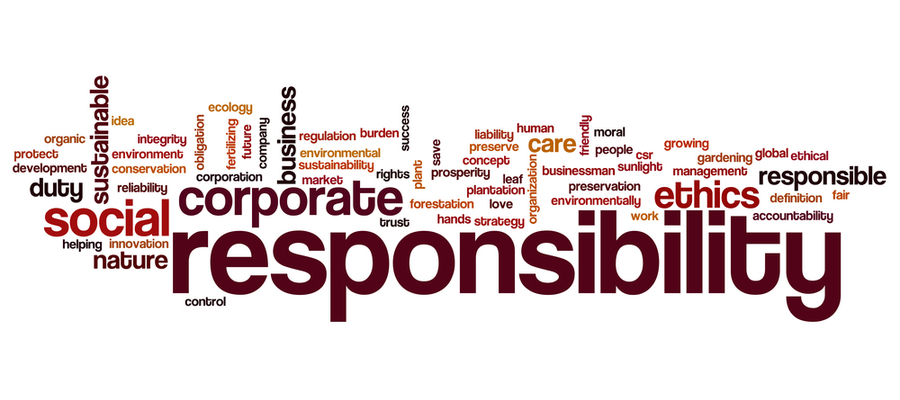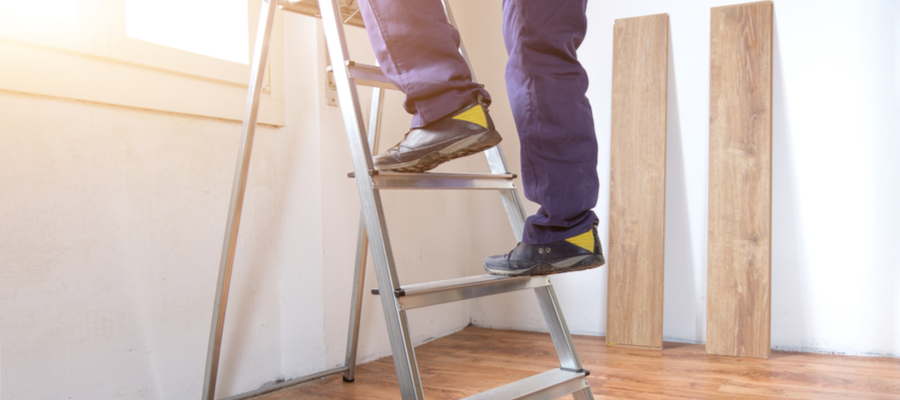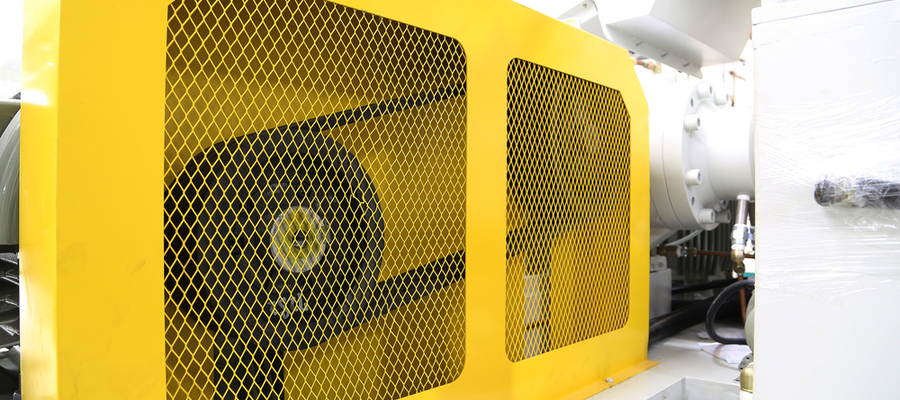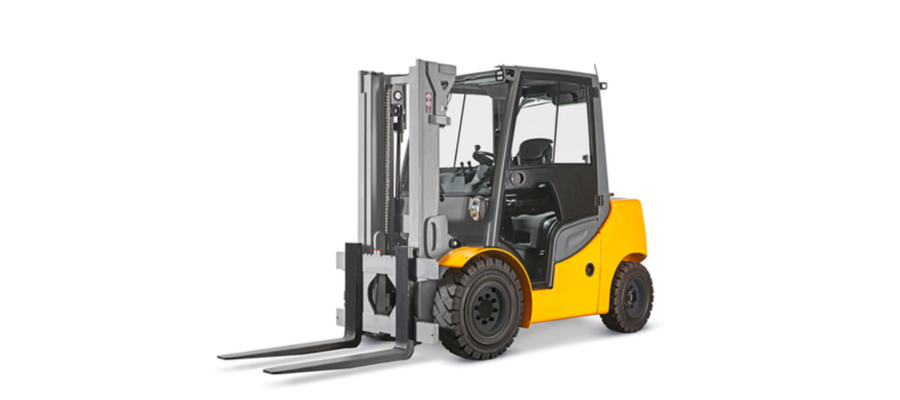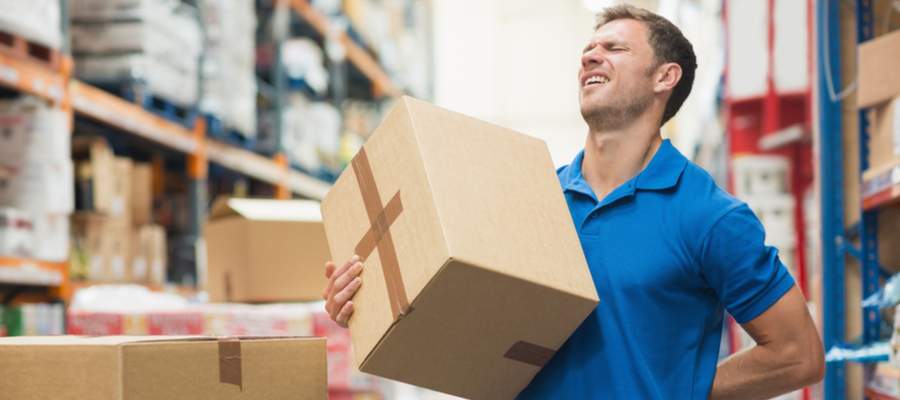Chemical Container Labeling
The Hazard Communication Standard (HCS) describes chemical labels as information provided through a group of written, printed, or graphic appropriate elements concerning a hazardous chemical. These should be that placed on the immediate container of a hazardous chemical. The Hazard Communication Standard also is now known as the Right to Understand Standard, requires chemical manufacturers, importers, or distributors to ensure that each container of hazardous chemicals is labeled, tagged, or marked. Employers also have a responsibility for labeling and ensuring employees are trained on hazardous chemicals.

